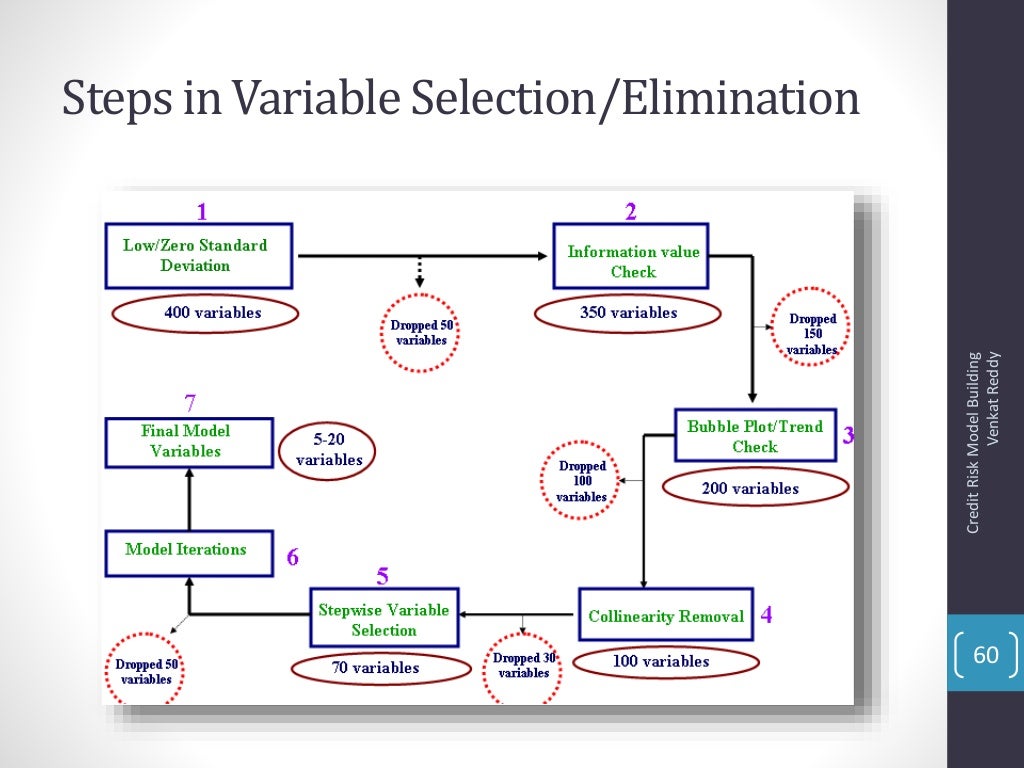
The first run of a simulation model can often yield results that are surprising to the modelers or to management - especially when there are several different sources of uncertainty that interact to produce an outcome. Simulation performs many (thousands of) experiments or trials - each one samples possible values for the uncertain inputs, and calculates the corresponding output values for that trial. For a model in Excel, we can use software, such as Frontline's Risk Solver, to perform a Monte Carlo simulation on our model. We can use our risk model in several ways - but one effective way is to explore the possible outcomes using simulation. If management asks, "Give me a number for next year's sales", a risk analyst must respond that a single number is not going to be meaningful - it will defeat the purpose of risk analysis.

Unlike other kinds of models, a risk analysis model requires us to think in ranges: Because the inputs are uncertain and may take on many different values, the outputs are also uncertain and may take on a range of values. For any given set of input values, the model calculates outputs - outcomes such as Net Profit. The model has inputs which are uncertain - these may be called uncertain variables, random variables, assumptions, or simply inputs.

If we can complete these steps, we'll have a risk analysis model (or simply risk model). In doing this, we build a model that allows us to compute "outputs" - outcomes such as Net Profit - for any given "inputs". We may not know the exact number of shoppers on any future day but given a number of shoppers, we can calculate how many store salespeople we need to service them, and estimate the sales we're likely to generate. For example, we may not be able to predict demand for our product exactly but given a number for demand, since we know our costs and margins, we can often calculate the impact on our Net Profit. Our next step is to accurately estimate the impact of the uncertainties on the outcomes we care about. This process of identifying and quantifying uncertainties is a key step in risk analysis. , 100 people shopped, and use this to estimate a distribution of shoppers on future days. While we can't predict the exact number of people shopping at a store each day, we can examine past data for the frequency of days when (say) 10, 20, 30. For example, we may not know our competitor's exact price, but we can place bounds on it, based on known production and marketing costs. In risk analysis, our goal is to identify each important source of uncertainty, and quantify its magnitude as well as we can.


 0 kommentar(er)
0 kommentar(er)
